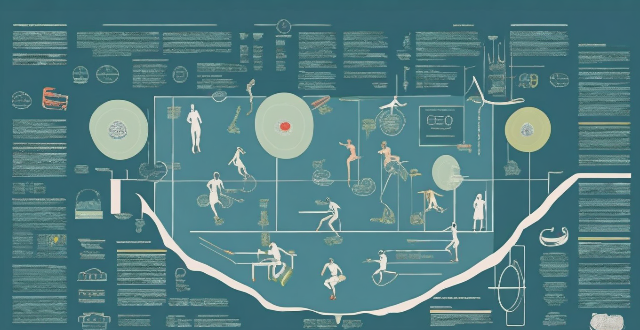The location of a sports venue significantly influences its design, dictating necessary features related to climate adaptation, topography, accessibility, environmental stewardship, community integration, and compliance with local regulations. A well-designed sports venue not only provides an excellent experience for athletes and fans but also respects and enhances its surroundings.

The Impact of Location on Sports Venue Design
The location of a sports venue plays a crucial role in its design. It influences not only the architectural aspects but also the functionality, sustainability, and overall experience for athletes, fans, and the surrounding community. Here are some key factors to consider:
Climate and Weather Conditions
- Roofing and Shade: In regions with high sun exposure or frequent rain, stadiums may include retractable roofs or extensive shade structures to protect spectators and players.
- Ventilation and Cooling: Designers must account for extreme temperatures, incorporating advanced ventilation systems or cooling technologies to maintain comfort inside the venue.
Topography and Geography
- Seating and Sightlines: Mountainous or hilly areas might inspire terraced seating designs that take advantage of natural elevation changes for better views.
- Drainage Systems: Flat or flood-prone locations require robust drainage systems to prevent water damage during events.
Urban vs. Rural Settings
- Transportation Accessibility: Urban venues often integrate seamlessly with public transportation systems, while rural venues might need more extensive parking facilities.
- Noise and Light Pollution: In residential areas, designers must consider how to mitigate the impact on nearby communities through soundproofing and carefully designed lighting.
Environmental Considerations
- Sustainability: Coastal or ecologically sensitive sites may mandate eco-friendly materials and energy-efficient systems to minimize environmental footprint.
- Local Materials: Using locally sourced materials can reduce transportation costs and carbon emissions, as well as tie the venue visually to its region.
Community Integration
- Cultural Significance: Designs may incorporate local architectural styles or symbols meaningful to the community, enhancing the venue's connection to its location.
- Public Spaces: Venues located in densely populated urban areas might include public spaces like parks or plazas that serve dual purposes both during events and on regular days.
Regulatory Requirements
- Zoning Laws: Local regulations can dictate everything from height restrictions to noise levels, affecting how a venue is constructed and operated.
- Safety Standards: Different regions have varying safety codes for structures, which must be adhered to in the design process.
In summary, the location of a sports venue significantly influences its design by dictating necessary features related to climate adaptation, topography, accessibility, environmental stewardship, community integration, and compliance with local regulations. A well-designed sports venue not only provides an excellent experience for athletes and fans but also respects and enhances its surroundings.